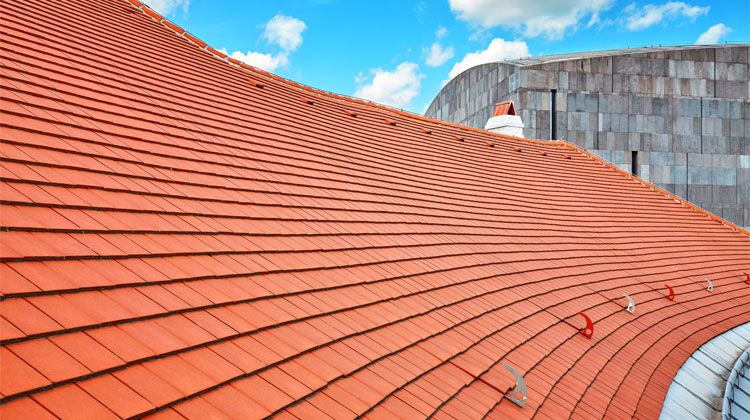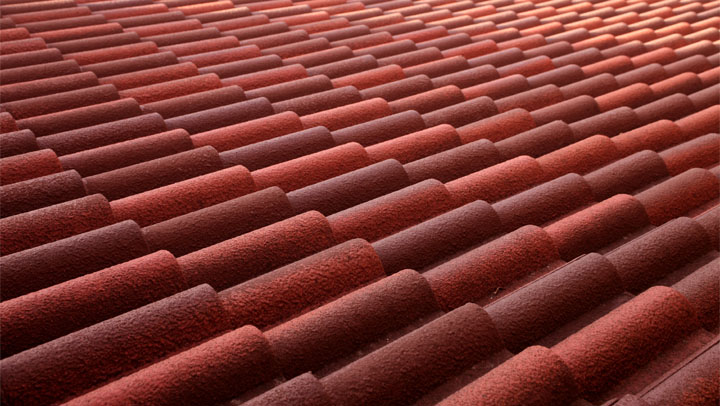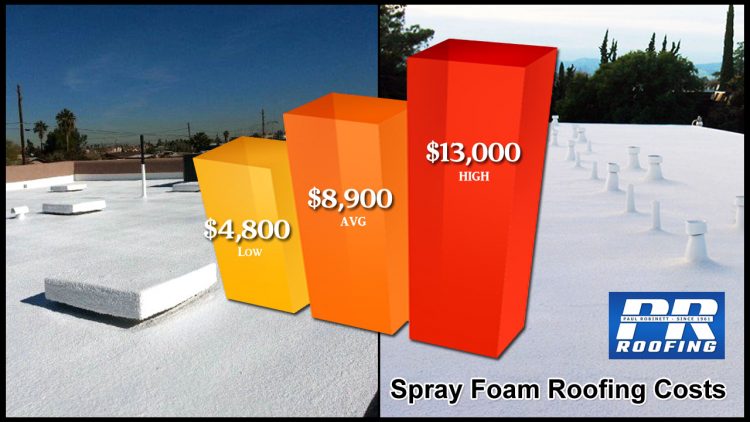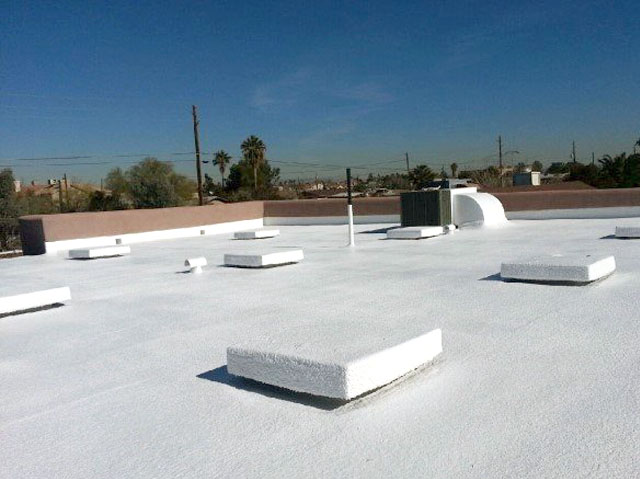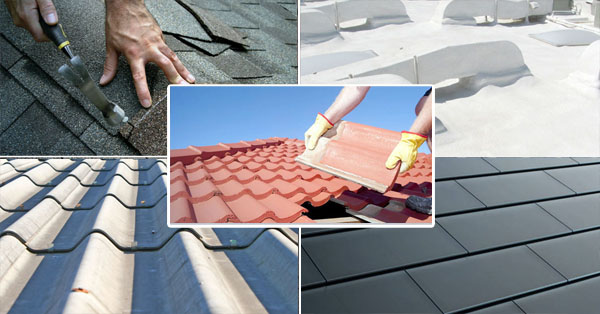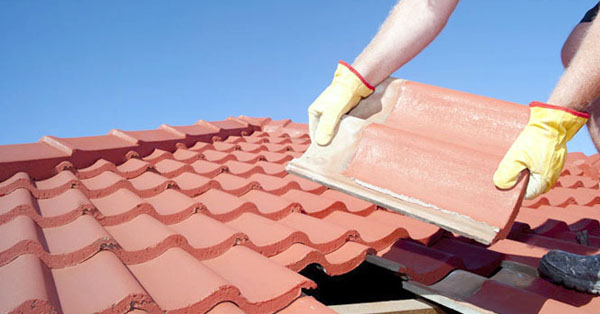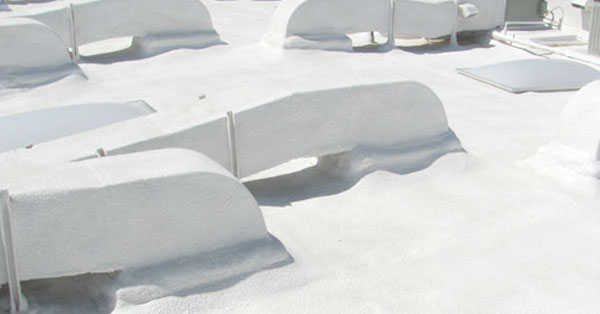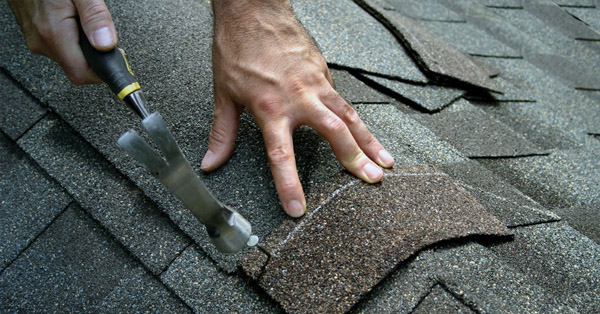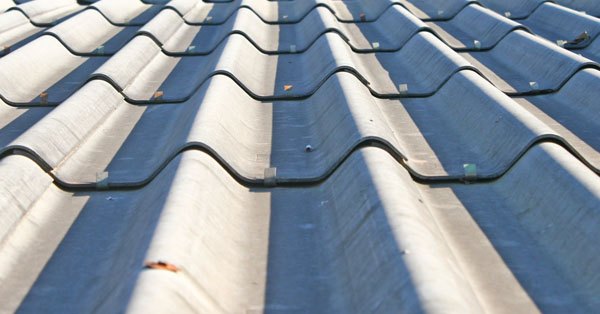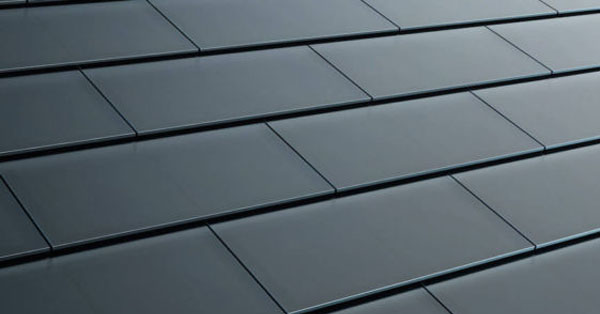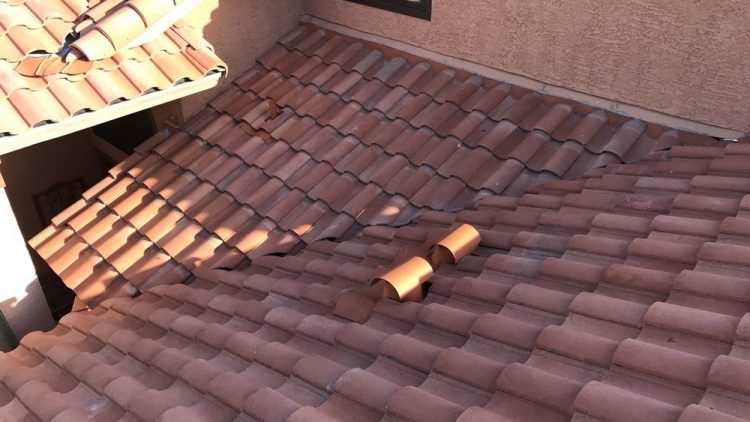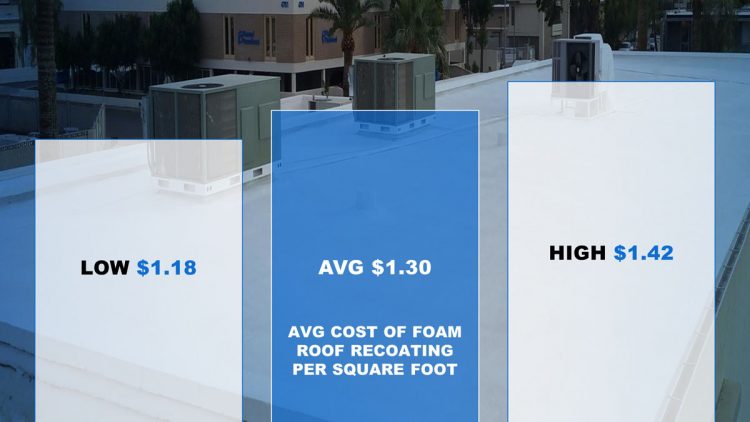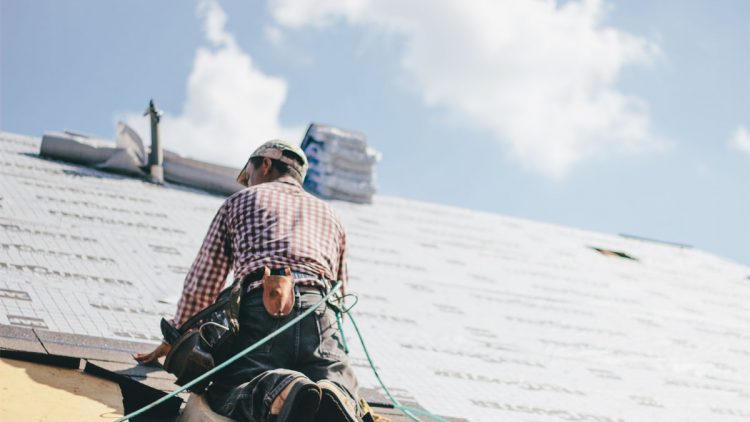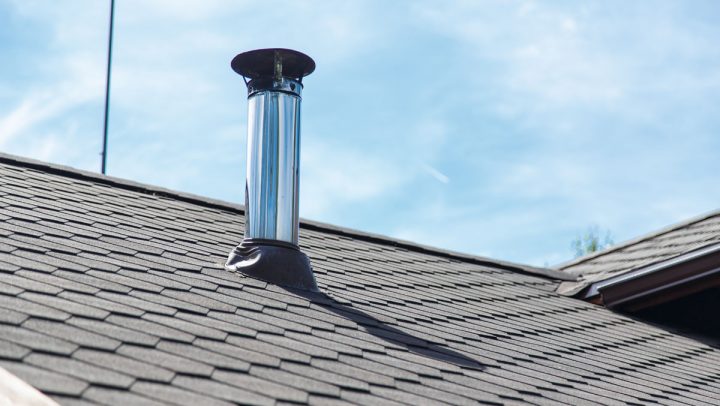If you’re searching for common roofing problems you’ve probably found a leak or your roof has been damaged. Keeping an eye on your roofing for the top fifteen roof problems could be significant to saving yourself a good chunk of cash that you would have to put out for your roof to be completely replaced.
If the roofing materials are incorrectly installed it will increase the chance for problems later on, not to mention reduce the life expectancy of your roof. A professional roof installer can check your roof out and let you know whether or not it has been installed correctly or not. General contractors can also help repair the most common roof problems.
Top 20 Most Common Roofing Problems:
1. Leaks and Moisture
All things that are weather blown, such as rain, hail, ice, snow, wind, and of course, debris, and many other things; can all create moisture in between the layers of your roofing, causing several different bad things to happen. The things that would be the worse are leaks, mold, and rotting.
2. Improperly Installed Flashing
The areas of your roof that have been penetrated, such as the skylights, vent pipes, heating system, cooling system, and chimneys (referred to as the flashing). A poorly attached flashing will usually end up causing the roofing to have open seams and laps that will eventually allow the wind to blow the tiles off. If the flashing has been installed incorrectly, the roof will have less protection, leaving it with reduced puncture resistance.
3. Critters
You would be surprised if you knew just how much damage small animals are able to make to your roof, like insects and birds, and many others. It would be best to deter all small animals before things get worse.
4. Ponding Water
If you notice water that ponds, and are staying on your roof, you can take it as a sure sign that you have a problem. Having a build-up of debris is one common cause, and another reason could be that the water is unable to drain properly due to improper cleaning of the HVAC units and/or gutters. If you suspect a leak, have a roof leak detection company to come out and see if you have any ponding water is a good idea.
5. Punctures and Penetrations
Punctures in the roof material can be caused by hail and wind damage. After the completion of the roofing, the sealant and flashing are added around the penetration areas, such as vents for appliances, the HVAC, and anything else built-in to the roof. All these things need to be checked on a regular basis.
6. Trees
The protective top layer of the roofing can be damaged by the limbs of a tree rubbing on the roof, causing the surface of roof shingles to abrade, which wears off the protective top layer. Tree branches can cause even worse problems to a roof should they fall. It is always a good idea to keep tree limbs and branches trimmed so that they are not at a distance to create such problems if they were to fall, and should a tree be close enough to a house that this cannot be prevented, remove it.
There are a few roofers who will install walk areas onto the roof as it is being laid, this is done by laying a double amount of the roofing materials down and it will allow access without worrying about the damage walking on the roof can cause when access is needed to things such as the HVAC, and etc.
7. Ventilation
An important part of laying a roof is putting in a ventilation system in the attic, making the roof last longer. The way that it helps in making the roof last longer is because it helps in regulating the moisture that builds up in the attic space, which can cause damage to the sheathing, insulation, rafters, shingles, mold & mildew, and of course, the cost of energy. In order to create ventilation in the attic space vents are installed at the time the roof is being laid. These vents can be placed in several different areas, such as the base part of the roof (near the gutters, eaves, or soffits), and somewhere near the top of the roof (at the ridge). This lets the warm air get out and the cooler air come in, it is a natural process once the vents are in place.
8. Shrinkage and Blistering
The roof membrane is located under the tiles and shingles, and if these begin to shrinks, and this will usually create cracks and/or crazing to the upper layer. However, ridging, blistering, surface erosion, and splitting of shingles may eventually create much bigger issues in your roof.
9. Improper or Lack of Maintenance
The worst you can do for your roof is to ignore the regular maintenance of it. The problems will usually begin by not keeping the gutters cleaned out on a regular basis, and keeping your roof clear of debris such as tree limbs and branches, which could fall onto the roof. If these things are not being properly taking care of your roof could be in for some more serious damage, and costlier. So you should keep in mind, the importance of regular inspections, and the regular maintenance of your roof, as these things can extend the life of your roof and save you a bundle of money.
10. Drainage Problems
Poor drainage can lead to a number of issues, including water damage. If your home has a flat roof, you will need to watch your ceiling for water stains as they will indicate that water is pooling on your roof after a rainstorm. If your roof is slanted be sure to keep the gutters clear to prevent water from backing up and leaking through cracks in the roofing.
11. Billowing, Tenting and Blow-Offs
When your roof is not properly attached to the substrate, the seams can get exposed to the elements causing parts of the roof or worst case scenario, the entire roof to blow off. These problems can usually be found in single-ply roofing systems. To bypass these problems, your roof must be able to withstand high winds. Getting your roof inspected can prevent a lot of these from happening.
12. Missing or Damaged Shingles
Sometimes, shingles can go missing due to the elements, wearing off the protective surface, or the activities of animals. In these situations, some shingles may crack or break, and fall apart or simply go missing. You can hire a roofing company to repair or replace your shingles with new ones or cut the shingle into sections and replacing a single tab.
13.Ventilation
Your roof should not block off the flow of air into your home entirely. Ventilation needs to be included under the eaves to make sure that your attic doesn’t become too humid, causing mold to grow. When roofs are installed, soffits, vents and other necessary measures should be installed, make sure enough air flows through the attic.
14. Holes in Roof
Debris from high winds can produce holes in your roof. Open holes welcome in not only rain and wind but insects and other small problem animals as well. In addition, your house’s heating and cooling bill could double due to leaks from your air conditioner and/ or heater. Identify and repair holes quickly when they happen.
15. Loss of Granules
Common asphalt shingles have tiny granules that absorb UV radiation and protect the roof from the elements. If the granules begin to fall off, the integrity of your roof begins to waver. Check to see if you have any bald spots on your roof if you begin to have problems.
16. Roof Repair is Expensive
The kind of roof you have will greatly influence the cost of repair and replacement. Remember, roofs can be flat or sloped, low pitch or high pitch, shingled or made from metal, sometimes even something else! The cost of roofing materials can vary greatly among the many different roof types. Some types of roof require more materials and labor than other types.
On the less expensive end of the scale, you are looking at around $120 per 100 square feet for asphalt shingles. Conversely, shingles made from white slate average around $900 per 100 square feet with prices ranging from $800 to $1,000 for 100 square feet. However, tile shingles, run an average of $400 per 100 square feet. if you are the owner of a metal rood, you will be looking at an average cost of $1,500 per 100 square feet.
17. You Need Permits For Roofing Repair
You will need to check out the prices of permits in your area. In certain areas, there may be a flat rate price. In other places, it may be based on the value of the home or the size of the home. Either way, the roofer may need to obtain permits for repairs. be sure to make sure the costs of city permits wherever you live. Consider this as well. In some coastal areas, you may require a separate permit in order to have protection for your home from tropical storms and hurricanes. Straps and braces for hurricanes may be mandatory in these areas, adding several hundreds of dollars to the cost. So, a 1,300 square geet roof repair permit may run between $150 to $400 or more, depending on where the house is located.
18. Large Roofs Cost a Lot to Repair
Obviously one of the biggest factors in the determination of the final price you will pay is the size of the repair to be completed. As a rule of thumbs, roofing contractors use the square footage of a roof when pricing the job. In roofing terminology, a square is known as a 10-foot square area. Roof shingles, (unsurprisingly) are sold by the square. So you can expect to be charged for a square even if your repair is smaller than 10 square feet. That said, the contractor should give you the leftover material. This may be helpful is the roof needs to be repaired once again.
19. Water Damage Can Destroy Your Home
We all know how much damage water can do the structure of a house. However, the damage may not be obvious until the roofer is able to remove the existing shingles and conducts an inspection of the decking beneath the shingles. It can be very expensive to repair water damage and will undoubtedly increase the final cost of your roof repair. Nonetheless, it has to be dealt with, because if it is not, in the long run, it may lead to a total roof replacement being required.
20. Skylights And Chimneys Add to the Cost
Skylights and chimneys, as well as other rooftop elements you have that may be unique, can also increase the price of a roofing job. You should ask the roofer to check these features for leaks or damages while the shingles are being assessed – it may be most cost-efficient to for these to be replaced at the same time. The roofer will need to work around the unique features even if they do not need to be replaced, however, there will be additional costs ad the roofer works around these features – you can expect to pay an average of $400 extra with prices ranging from $300 to $500. Also, consider flashing around the chimney may need attention. If so, repairs average $350 with prices ranging from $200 to $500. It is important to realize that different roofing contractors can have prices that vary enormously, so shop around and it is wise to be judicious, check out the contractors who are hiring because if you are given an estimate with a very low price it may be that the roofer is not working legally.
Source:
1. “The Most Common Commercial Roofing Problems Solved.” Roof Repair | Renco Roofing | Phoenix, AZ | Roofing Company, 22 Mar. 2019, www.rencoroofing.com/the-most-common-commercial-roofing-problems-solved/.
2. “Top 5 PHX Roof Problems | Allstate ROofing.” Allstate Roofing of Arizona, 9 May 2019, www.allstateroofingaz.com/roof-repair/the-top-5-phoenix-roof-problems/.
Free Spray Foam Roofing Estimates In Phoenix, Arizona
Get a free spray foam roofing estimate in Phoenix by getting in touch with Paul’s Roofing. Paul’s Roofing is the Phoenix Valley’s premier spray foam roofing contractor with years of experience in the roofing industry.

